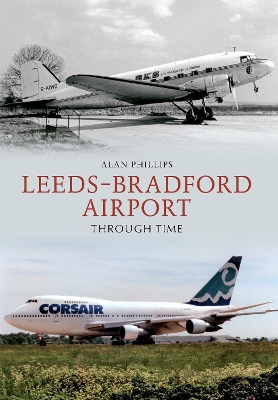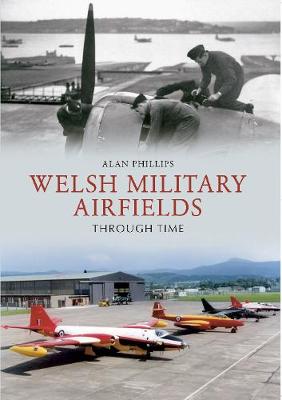Through Time
2 total works
Opened in 1931 as Yeadon Aerodrome, Leeds-Bradford Airport is the largest in Yorkshire. Regular flights began from the airport in 1935 with a service to Newcastle, Edinburgh and London (Heston). During the war, the airfield was used as a shadow factory and constructed almost 700 Lancaster bombers, as well as almost 4,500 Avro Ansons. Civil flights began again in 1947 and by 1978 Regional Airport status had been granted as long as runways were extended. This work began in 1982 and the new airport opened in 1984, with Wardair flying transatlantic to Canada in Boeing 747s. The airport has continued to grow, with new terminal buildings and new hangers to accommodate Boeing 737s in the midnoughties. Leeds-Bradford airport continues to grow in its ninth decade. Alan Phillips tells the story of Leeds-Bradford from its beginning in the 1930s, the war years and to the present day.
It was inevitable that certain areas of Wales would be chosen as locations for airfields in times of conflict and war. The nation's distance from Continental Europe made it relatively safe from enemy attack and, therefore, ideally suited for training. It also due to its location on the western side of Great Britain near to the Western Approaches and the Atlantic convoys that the airfields in Pembrokeshire, as a peninsula, were ideally suited for Coastal Command operations into the Atlantic and the Bay of Biscay. In Wales there were thirty-seven airfields and four relief landing grounds, eleven of which were operationally involved in air defence and maritime operations. Also there were numerous temporary landing areas attached to army camps associated with pre D-Day landings, which do not count as proper airfields.

